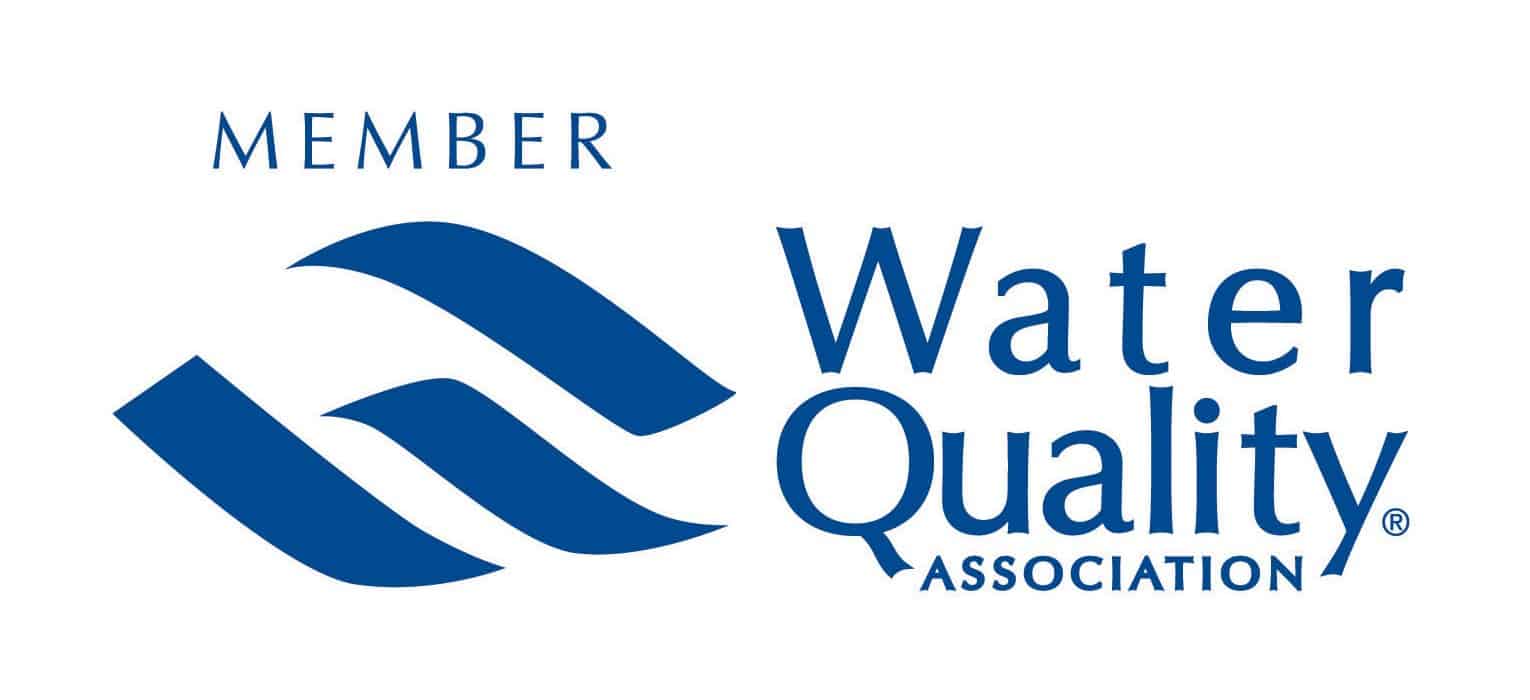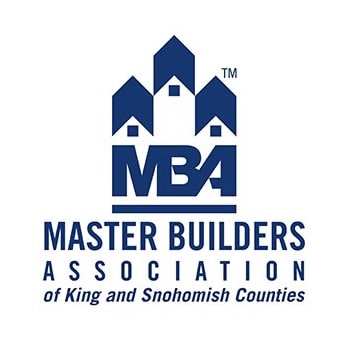Well Rehab
Well Rehabilitation, or ‘Well Rehab’, can mean a few different things. From simple well cleaning – removing debris from the well – to full on acidization and biocidal treatment to remove mineral build up and biological build up of slime producing bacterias.
Typically, well rehab involves the brushing & bailing of a well to remove build up of debris along the casing walls and in the bottom of the well. The well is then chlorinated and either surge developed or air lift to resort the material around the outside of the well and develop the well to help reestablish production.
Most all well rehab work requires access to the well with a pump hoist truck for removal of the well pump and the use of the high speed cables to lower tools in and out of the well.
Well Cleaning
Well cleaning often involves the use of wire or plastic bristle brushes and specialized tools to remove debris, called bailers, all run down on wire lines. The wire brush is used to break loose material built up along the casing walls, and the bailers are then run down the well to scoop up that material from the bottom of the well and dump it on the surface.
Surge Blocking
Surge blocking is the use of blocks slightly smaller than the inner diameter of the well to surge water in and out of the well perforations/screen slots as the surge block is cycled up and down in the well, typically in short 1-3 foot strokes. Fine grained sediment is shook loose and is able to be pumped or moved through the open area in the well with a bailer, pump, or airlifting tool after completion of surge blocking. Surge blocks are also used to disperse chemicals out into formation, to resort formations around the screen/perforation, and to break material loose that may be encrusted in screen zones or perforations.
Air Lifting
Air lifting involves the use of compressed air delivered down the well at high enough volumes to lift water out of the well. Air lifting can help to remove small debris and contaminants and wash the well casing down, and also can be used to develop sandscreens and perforations, but it isn’t as effective as surge blocking or dual swab air lifting.
Dual Swab Airlifting
Dual Swab Airlifting combines the best elements of air lifting with surge blocking. A dual block surge block is lowered on a large pipe to the screen or perforation zone, then a smaller diameter air line is lowered into the well. The airline is energized to create a lifting action inside of the larger pipe. As the surge blocks are raised and lowered in the screen zone, they create a surging action, which displaces fine material, that is sucked up by water moving into the larger pipe, which is then airlifted out of the well.
Chemical / Acid Treatment
Well rehabilitation can be accomplished using specially designed chemicals and/or acids that will remove biofouling, mineral incrustation, and other blockages, and kill any bacteria, such as iron bacteria, that could be creating sludge or plugging perforations in the well.
Careful design of the chemical treatment process is required to make sure that the applied chemical is carefully and correctly used, as the chemical costs are often very high, and the work is often time intensive to accomplish correctly.
Well Fracking
Well Fracking involves the use of a drilling rig or other equipment to place specially designed inflatable packers in the well to isolate rock fractures that produce water. Water is then pumped into the well below the packers against the rock fractures, often at up to 30-50 GPM under 1000-3000 PSI of pressure. This is NOT Hydraulic Fracturing as seen in the oil field, but is more akin to a high flow pressure cleaning of the rock fractures. By performing this high flow cleaning, loose debris and other blockages are removed from the fracture to better let water enter the well.
Only a couple of contractors in Washington State offer these services, JKA does not currently.
How do I measure specific capacity?
Specific capacity is a complicated ratio that defines a wells performance at different yields/pumping rates. In order to determine specific capacity, you’ll need to measure Static Water Level, which is the highest point in the well that water reaches without being pumped. You’ll then need to measure drawdown in the well at a specific flow rate – say 10 gallons per minute. Drawdown is the measure of the difference in feet that the water drops from the static water level when the well is pumping. Specifically, you need the drawdown to stabilize (stop dropping) in the well before you measure and record it. Then divide the pumping rate (10 GPM) by the drawdown measured – this gives you Specific Capacity in GPM per foot of drawdown.
Your well may not be setup to easily take these measurements, and collecting this data requires a number of specialized tools. JKA Well Drilling & Pumps can help setup a well with sounding tubes, water meters, and other equipment to allow for long term monitoring.
Is it worth it?
For residential and small irrigation wells, well rehabilitation is most often scheduled when the well production has dropped to a point where there are interruptions in service, or when a pump fails and investigation as to possible causes finds that the well has been infilled with material or is severely clogged. At this point, production is so greatly hampered that there’s no question as to the value of cleaning and rehabilitating the well. In these types of situations, it behooves the well owner to pay attention to their well’s specific capacity (well yield divided by drawdown), as the specific capacity numbers dropping will indicate that the well is clogging and requires attention before significant issues are found.
Just like marginal wells with problems, industrial, commercial, municipal, and agricultural wells will benefit from periodic and regular well cleaning, which will increase well performance and reduce operating costs. For these types of wells, studies have shown an annual or biannual well maintenance program usually costs between 10%-20% of the cost required for a full-scale rehabilitation procedure. But a typical full-scale rehabilitation process can cost up to 20%-30% of the cost for a new replacement well with the same size and depth.
A well should generally receive some type of maintenance if the relative yield or specific capacity falls to or is more than 2%-5% from its new or previously tested state. It should be rehabilitated if the relative yield or specific capacity declines more than 15%-20% from its previous condition. Any further drop in specific capacity can result in the well passing the point of no return where the best and most aggressive rehabilitation techniques may not be capable of recovering more than 75%-80% of the original yield.




